Tugboat (2/4)
History
The tugboat arose in the 1800s when steam power became more than just a curiosity. Robert Fulton built the first successful commercial steam vessel in 1807, the 150 ft North River Steamboat, more commonly, although incorrectly, known as the Clermont. "Fulton's Folly" Clermont plied the Hudson River 150 miles between New York and Albany at speeds up to five miles per hour, and most importantly, did so profitably. In 1808, she was completely rebuilt much larger. ( There were earlier similar developments in steamboats, but none of them were commercially successful, most being little more than demonstrators. )
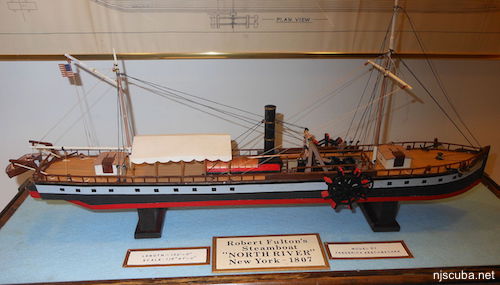
By 1840, there were more than 100 steamboats operating on the Hudson, and some were turned to towing. The side paddle wheeler Rufus W. King was one such vessel, it was converted for towing in 1828. The Norwich, built in 1836 as a passenger vessel for Long Island Sound, was similarly converted in 1842 and served on the Hudson until 1924. Stern decks on these vessels were cleared to make way for line handling, and wheelhouses were raised for greater visibility ahead and astern. This powerful new type of horsepower quickly made its predecessor, the mule, obsolete. The tugboat was born.

Many of the old towpaths along canals are today wonderful linear parks, great for hiking and biking along the water. Locally, the Delaware & Raritan Canal runs for miles through the center of the state.
The earliest tugboats were typically side-wheelers. These had the distinct advantage of being able to spin in place by putting one wheel in 'forward' and the other in 'reverse.' They were used to get otherwise relatively helpless sailing ships in and out of port, regardless of wind or tide. However, paddlewheels are no match for screw propellers, and as the power requirements grew with the size of their charges, the paddlewheel boats died out.

By the 1860s, steam tugboats were commonplace. In 1860, Moran towing was founded. Tugboats found many roles in the Civil War, where most of the naval actions took place on restricted inland waters unsuited to sailing ships. Before the ironclad Monitor could have her famous 1862 duel with the Merrimack, she had to be towed to Virginia from New York by the ocean-going tugboat Seth Low, nearly sinking along the way. Monitor sank under tow later that year.
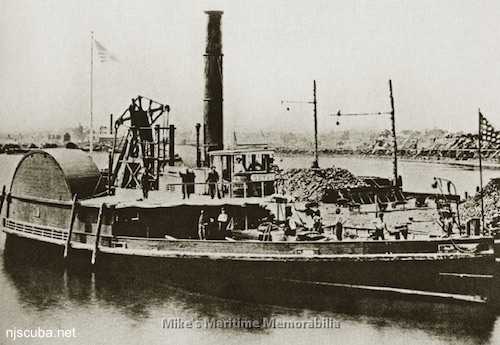
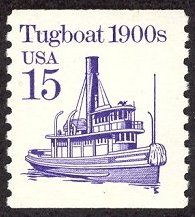
Tugs of this era were not yet very specialized. Seth Low went from towboat to excursion steamer and back over her career. She was noted to have fished the 'Cholera Banks' off the New Jersey coast, before burning up in Florida.
The advent of the steam-powered tugboat in the 1800s was probably the final nail in the coffin for sail-powered working ships, as it became cheaper to dismast them and tow them around as barges than to pay a crew of capable men to sail them.
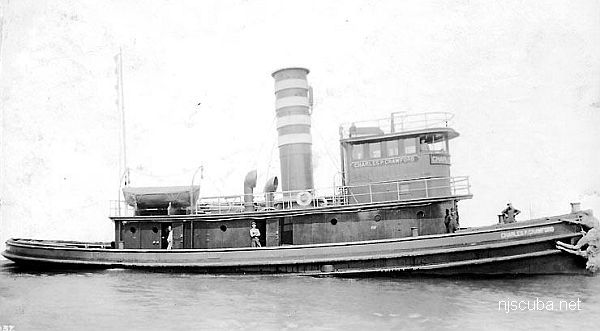
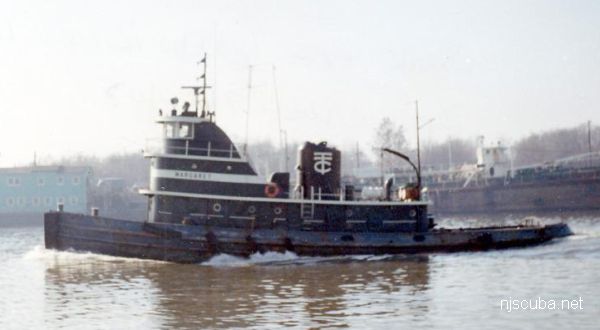
The next major development for the tugboat was the replacement of steam by diesel engines. This was spearheaded by the Moran company. The advantages of diesel over steam are many: instant-on - no steam-up time, far greater power and responsiveness, and smaller crews. Many steam tugs were converted to diesel, in the process losing their distinctive and elegant tall smokestacks for stumpy diesel exhausts. Iron hulls also supplanted wood. Diesel-electric drives were developed around World War II, resulting in vessels that could be reversed almost instantaneously, unlike previous direct-drive steam and diesel engines, which had to be stopped and then run in reverse with a change to the valve timing.
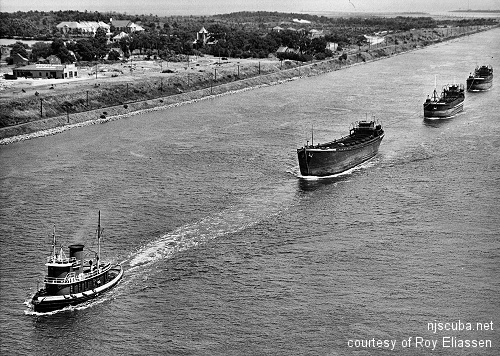
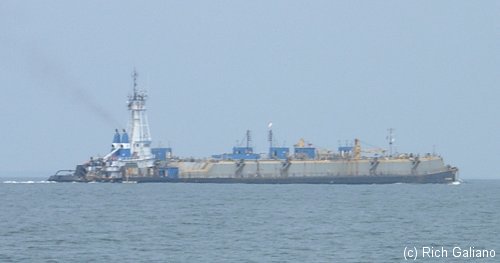
The tug and barge above are lashed together so firmly as to act as one vessel. The conning tower on the tug actually telescopes up for visibility and down for bridge clearance. This sort of combined tug/barge arrangement is much more efficient and seaworthy than simple towing, allowing higher speeds, better control, and reduced fuel consumption. It was not long before specialized vessels were built just for this sort of operation.
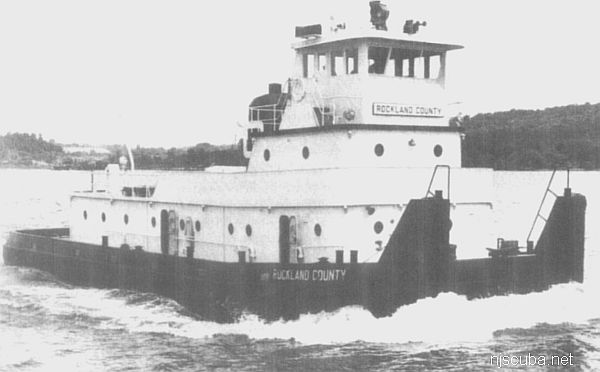
A later development of the tugboat is the ironically-named 'towboat' - a blocky square-nosed vessel designed to push barges rather than pull them. Often, dozens of barges are tightly rafted together to be pushed on calm inland waterways by a single powerful towboat. Swiveling 'Kort nozzles' replace fixed propellers, resulting in a vessel which, like its ancient paddlewheel ancestors, could once again spin around in place.
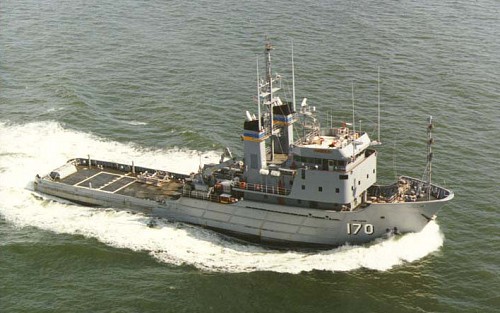
Tugboat Operators
The two oldest and biggest towing companies in the area, and all along the East Coast, are Moran and McAllister. Moran tugs can be identified by a white M on a black smokestack. McAllister tugs have a red-and-white striped smokestack capped with black. Weeks Marine operates a number of tugboats as well, mainly in support of their construction and dredging business. There are many other companies in the area that own and operate tugboats. In years past, Merritt-Chapman, and Tracy companies were prominent. Both Moran and McAllister have donated numerous vessels as artificial reefs, while Weeks is often involved in reefing operations.
